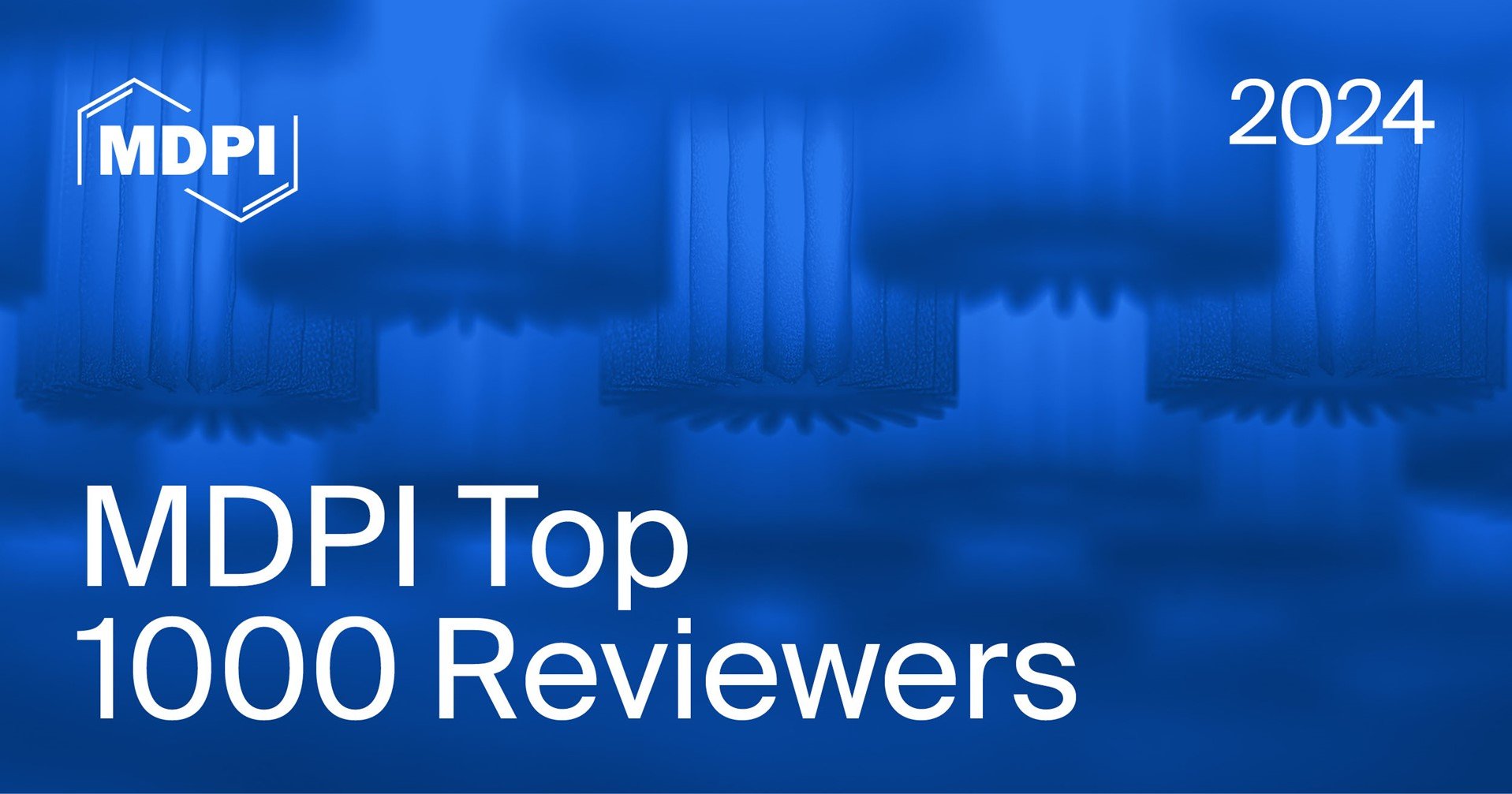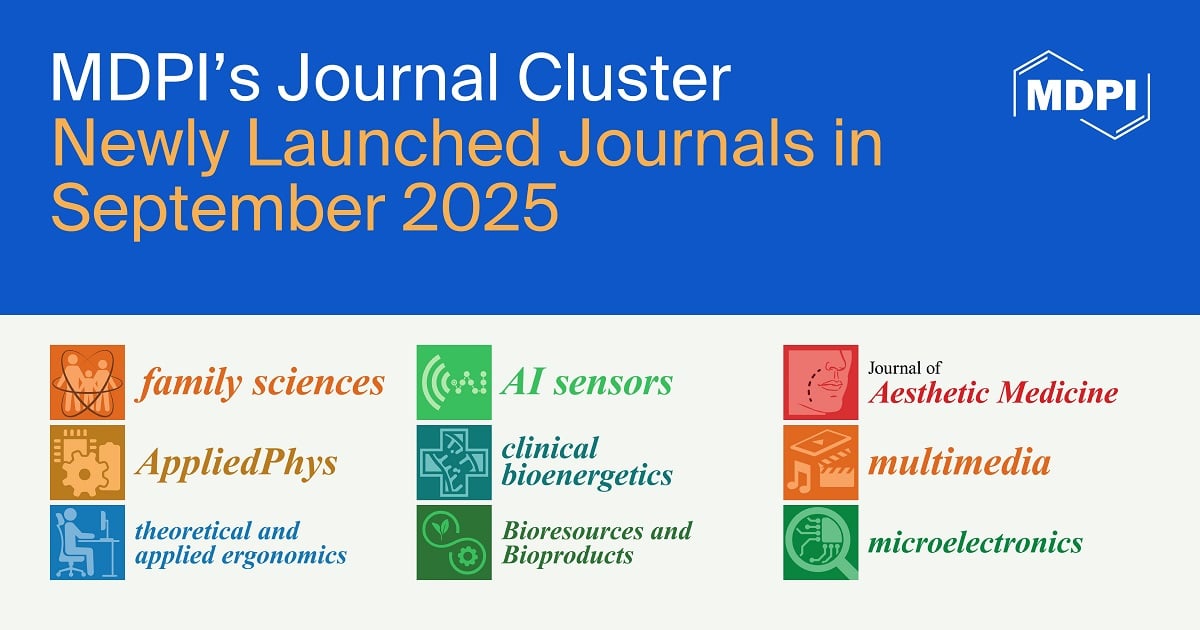-
 Psychotherapeutic Treatment of Attachment Trauma in Musicians with Severe Music Performance Anxiety
Psychotherapeutic Treatment of Attachment Trauma in Musicians with Severe Music Performance Anxiety -
 Gaze and Evaluative Behavior of Patients with Borderline Personality Disorder in an Affective Priming Task
Gaze and Evaluative Behavior of Patients with Borderline Personality Disorder in an Affective Priming Task -
 The UFair Questionnaire: Measuring Perceived University Unfairness and Its Association with Students’ Mental Health
The UFair Questionnaire: Measuring Perceived University Unfairness and Its Association with Students’ Mental Health -
 The Role of Leadership Communication in Building Crisis Readiness and Resilient Leadership in Times of Disruption: An Exploratory Study
The Role of Leadership Communication in Building Crisis Readiness and Resilient Leadership in Times of Disruption: An Exploratory Study
Journal Description
Behavioral Sciences
- Open Access— free for readers, with article processing charges (APC) paid by authors or their institutions.
- High Visibility: indexed within Scopus, SSCI (Web of Science), PubMed, PMC, PsycInfo, and other databases.
- Journal Rank: JCR - Q2 (Psychology, Multidisciplinary) / CiteScore - Q2 (Development)
- Rapid Publication: manuscripts are peer-reviewed and a first decision is provided to authors approximately 29.6 days after submission; acceptance to publication is undertaken in 3.4 days (median values for papers published in this journal in the first half of 2025).
- Recognition of Reviewers: reviewers who provide timely, thorough peer-review reports receive vouchers entitling them to a discount on the APC of their next publication in any MDPI journal, in appreciation of the work done.
- Companion journal: International Journal of Cognitive Sciences
- Journal Cluster of Education and Psychology: Adolescents, Behavioral Sciences, Education Sciences, Journal of Intelligence, Psychology International and Youth.
Latest Articles
E-Mail Alert
News
Topics
Deadline: 1 December 2025
Deadline: 31 December 2025
Deadline: 30 January 2026
Deadline: 1 March 2026
Conferences
Special Issues
Deadline: 8 November 2025
Deadline: 15 November 2025
Deadline: 20 November 2025
Deadline: 28 November 2025





























